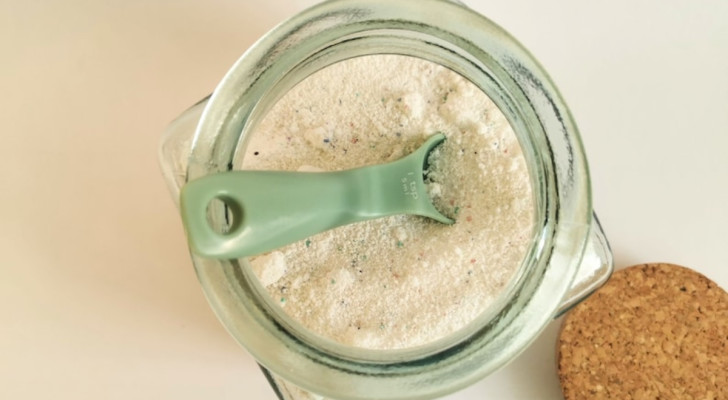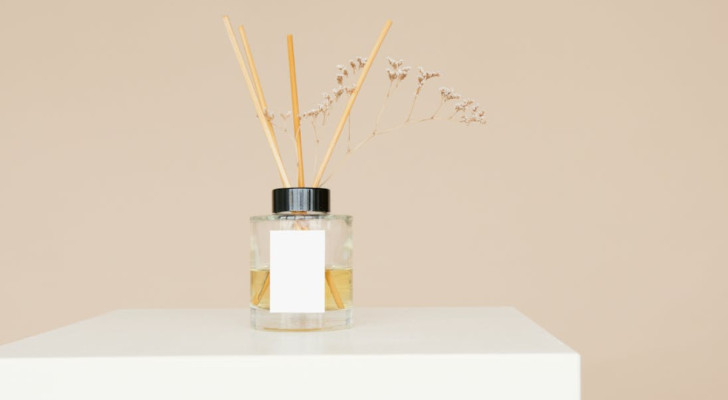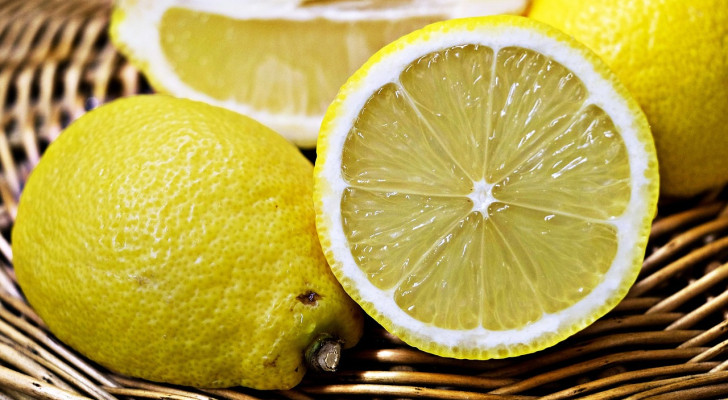Homemade soap: find out how to make it in a traditional way
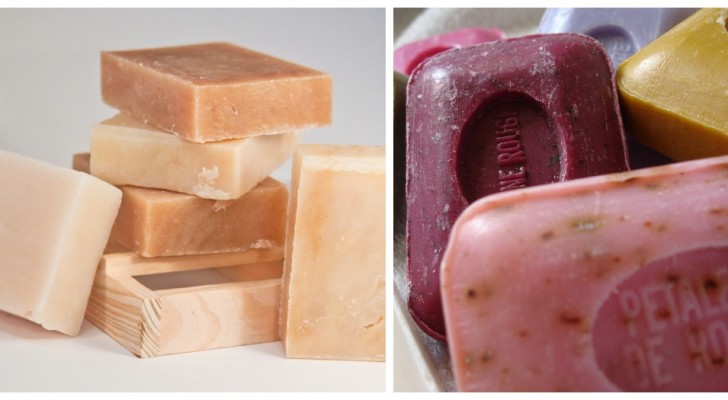
Making homemade soap is an ancient ritual, handed down from generation to generation - with the necessary updates, of course. From Aleppo soap to Marseille soap, to all the possible variations that can be obtained these days by doing DIY projects, the possibilities are almost endless. And who knows, once you get into it it could become a hobby that, in addition to being relaxing, also saves you some money.
There are few basic ingredients needed, but the production procedure takes some time. The advantage, however, is being able to have a supply of soap at home (which can also become liquid soap, if you want) all made according to your tastes and needs, and without spending a fortune. Read on to find out more:
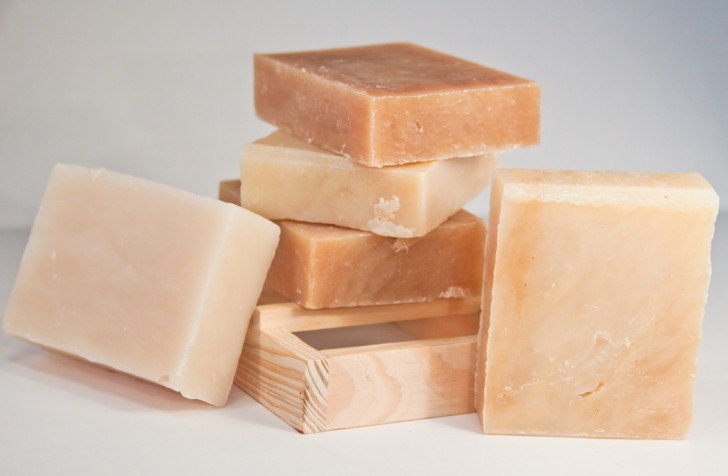
To make soap, basically, you will need three main ingredients:
- The first is a fatty substance (of animal or vegetable origin). For example, olive oil (as in Marseille soap), or coconut, argan, sweet almond oil, etc;
- The next is an alkaline base. Usually, this is caustic soda or lye. The first is a substance to be used with great care, protecting the eyes, hands and respiratory tract (it can burn the skin and injure the eyes, and should never be inhaled - especially in the phase in which it is mixed with other heated ingredients). Lye is a product derived from the ash produced by the combustion of wood. It can also be made at home!
- Finally, a liquid substance: usually water, but also infusions or even vegetable milks.
To all this you can add food dyes, or spices to embellish and perfume the soap; additionally, you can add exfoliating elements (grains of sugar or salt); and decorative and fragrant materials can also be added, such as dried flowers, aromatic herbs and similar.
The production process
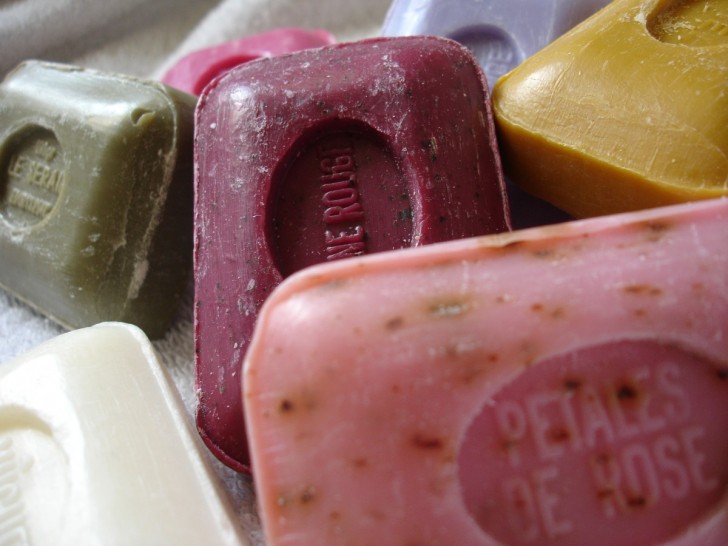
Tools you will need to prepare: stainless steel pots, thick rubber gloves, a cooking thermometer, (a precise) scale, a wooden ladle and metal spoons, a tempered glass jug, a hand blender, face mask and goggles, old sheets / towels / blankets, special shaping moulds (for soap).
Ingredients:
- 1 liter of vegetable oil
- 130 grams of caustic soda or lye. When weighing caustic soda, use a metal spoon and a metal bowl or plastic dish
- 300 ml of water (preferably distilled)
Production method:
- Fill the glass jug with very hot water.
- Put the caustic soda or lye into the water (using a metal spoon) and mix well (using a wooden ladle).
- Let the water cool down.
- Put the pot on the stove and pour in the vegetable oil, raising it a temperature of 45°C (113°F).
- When the oil reaches the right temperature, check that the water with caustic soda is also at 45°C.
- When both are at the same temperature, pour the water with soda into the pot with the oil, stirring immediately with the wooden ladle.
- Use the hand blender to reduce everything to a smooth cream, turning off the heat. When the preparation has reached a consistency like that of a thick sauce (i.e. the state that occurs when taking a spoonful of mixture creates dripping that leaves "dents" in the mix), you can add the other optional ingredients such as dyes, spices, herbs, flowers, etc.
- Transfer everything into the moulds, being careful not to burn yourself.
- Place blankets on a shelf in a cool, dry place in the house, and place the moulds here, covering them with the blankets.
- After two weeks, wrap each stick of soap in cling film (or even waxed cloth) and let it "cure" for at least 2 months, (but kthe longer you wait, the better the results will be). There are even those who let their soap to mature for six months.
It is a very long process, but is actually quite simple. And once mastered, it will be easy to do this a couple of times a year. And you can even produce your own personalized "soapy" gifts for your friends and family!
